Pictures › Wildlife › People & Places › Country Know-how › Food
LOST IN TIME

A glowing amber sun sets over the Pembrokeshire coast, viewed from the coast path by Porth y Rhaw. Located near Solva, Porth y Rhaw is an Iron Age hillfort, which has been reduced to a small promontory by coastal erosion, with three-quarters of the site believed lost. Excavations revealed signs of iron, bronze and glass workings, as well as the remains of eight roundhouses. The cove below is a lovely spot for picnics, swimming, snorkelling or sea fishing.
SAINTLY SPRING
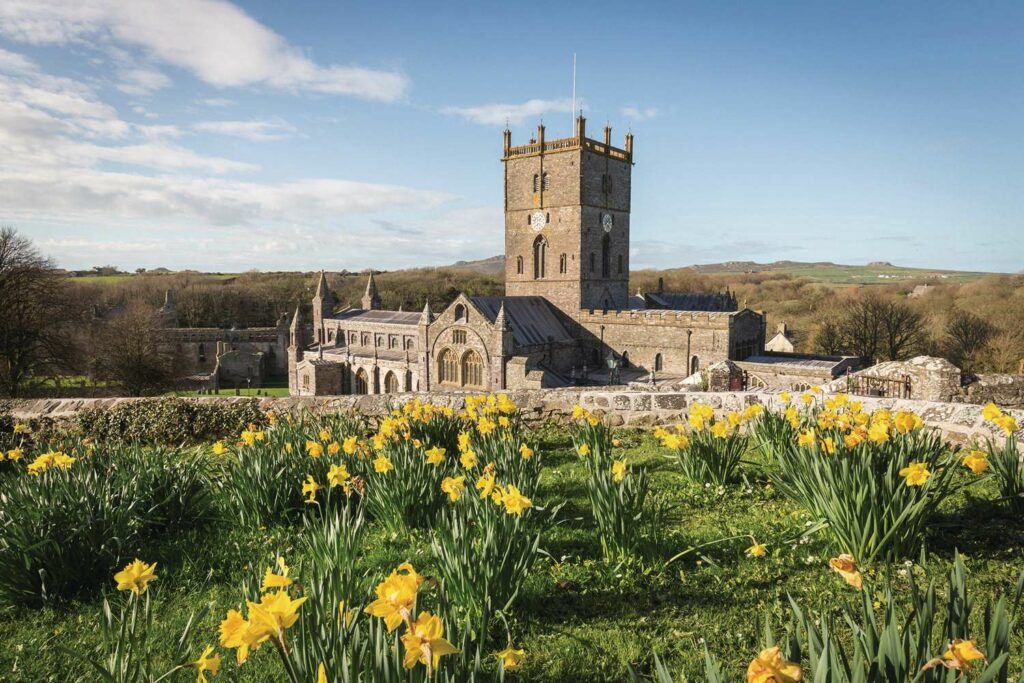
Beaming yellow daffodils frame St David’s Cathedral in Pembrokeshire. Wales’ patron saint, St David was born on this coast (during a storm, legend has it) and died on 1 March 589, the date on which St David’s Day is celebrated each year.
FLYING IN STYLE
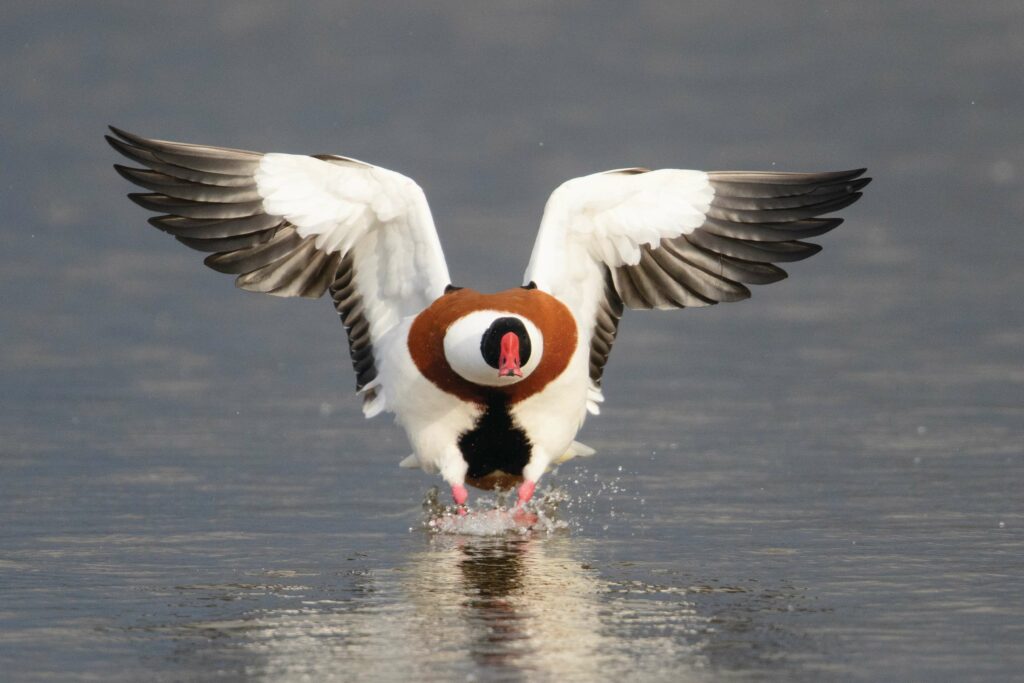
A striking shelduck lands on water, displaying its blacktipped wings and chestnutringed chest to dramatic effect. One of our largest ducks, shelducks are usually coastal, feeding in muddy estuaries and sandy beaches, but are tempted inland by flooded gravel pits and reservoirs that offer a feast of invertebrates.
BUTTERING UP

Packed densely with small pink flowers, the butterbur (Petasites hybridus) is popular with bees as a source of nectar in early spring when supplies are scarce. The plant is found across Britain on damp soil, such as ditches, riverbanks, meadows and copses, and its name is derived from its large leaves, which were once used to wrap butter.
RING IN SPRING

The Callanish Stones on the Isle of Lewis are extraordinary Neolithic monuments that predate Stonehenge. For more than 5,000 years, druids and pagans have gathered at sites such as these to observe the spring equinox. Mark this time of new beginnings by visiting one of Britain’s mighty stone circles on 20 March.
21 MARCH
WORLD POETRY DAY
Celebrate World Poetry Day on 21 March with this verse from one of Britain’s finest writers
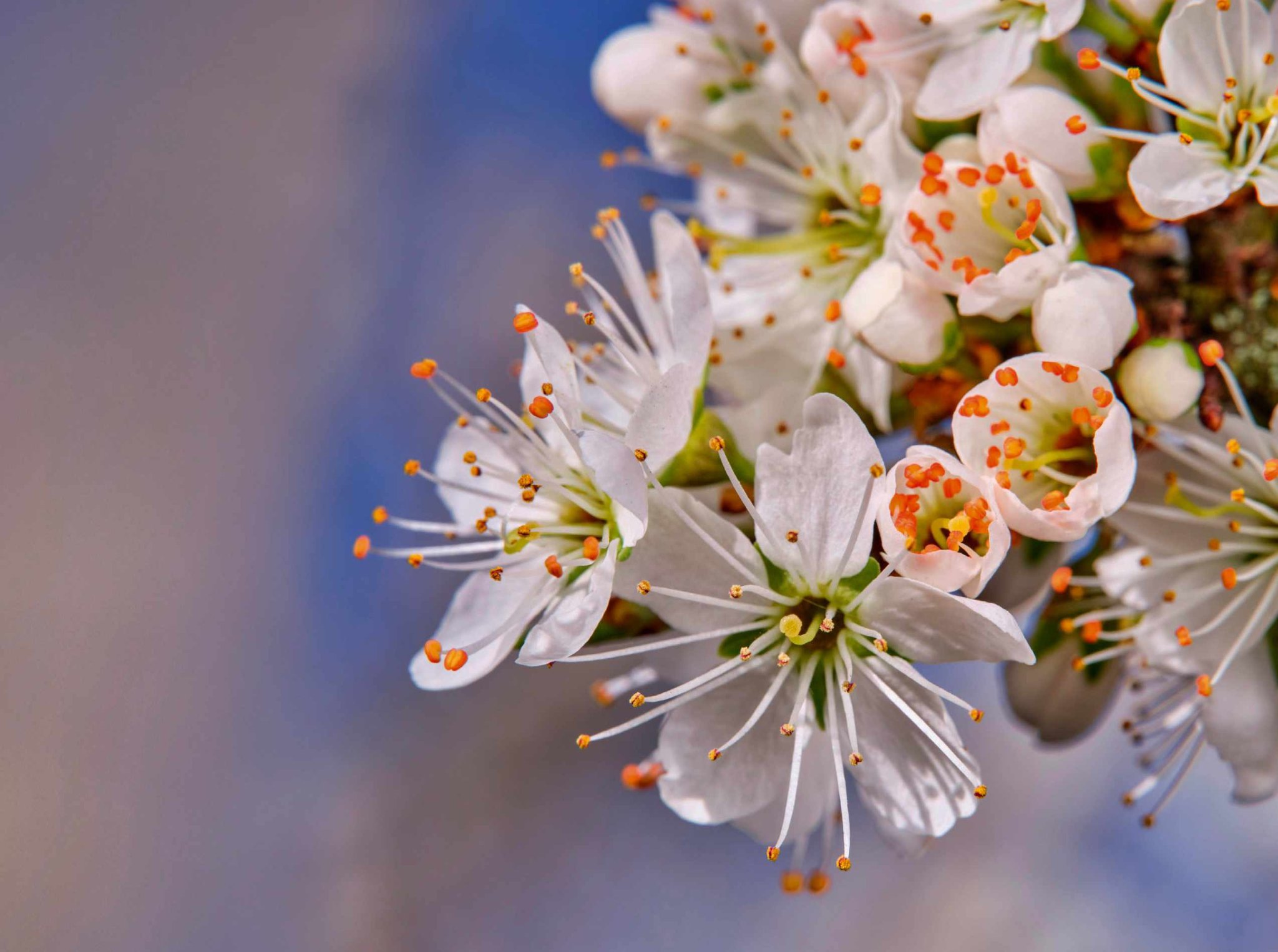
The Enkindled Spring
By DH Lawrence
This spring as it comes bursts up in bonfires green,
Wild puffing of emerald trees, and flame-filled bushes,
Thorn-blossom lifting in wreaths of smoke between
Where the wood fumes up and the watery, flickering rushes.
I am amazed at this spring, this conflagration
Of green fires lit on the soil of the earth, this blaze
Of growing, and sparks that puff in wild gyration,
Faces of people streaming across my gaze.
And I, what fountain of fire am I among
This leaping combustion of spring? My spirit is tossed
About like a shadow buffeted in the throng
Of flames, a shadow that’s gone astray, and is lost.
Make do and mend
HOW TO SHARPEN A POCKET KNIFE
Whether you’re a gardener, forager or camper, now is the perfect time to hone your favourite pocket knife ahead of a season in the great outdoors. This method is quick, easy and very gratifying.
You will need: small container of water; sharpening stone (a dual-grit whetstone is ideal)
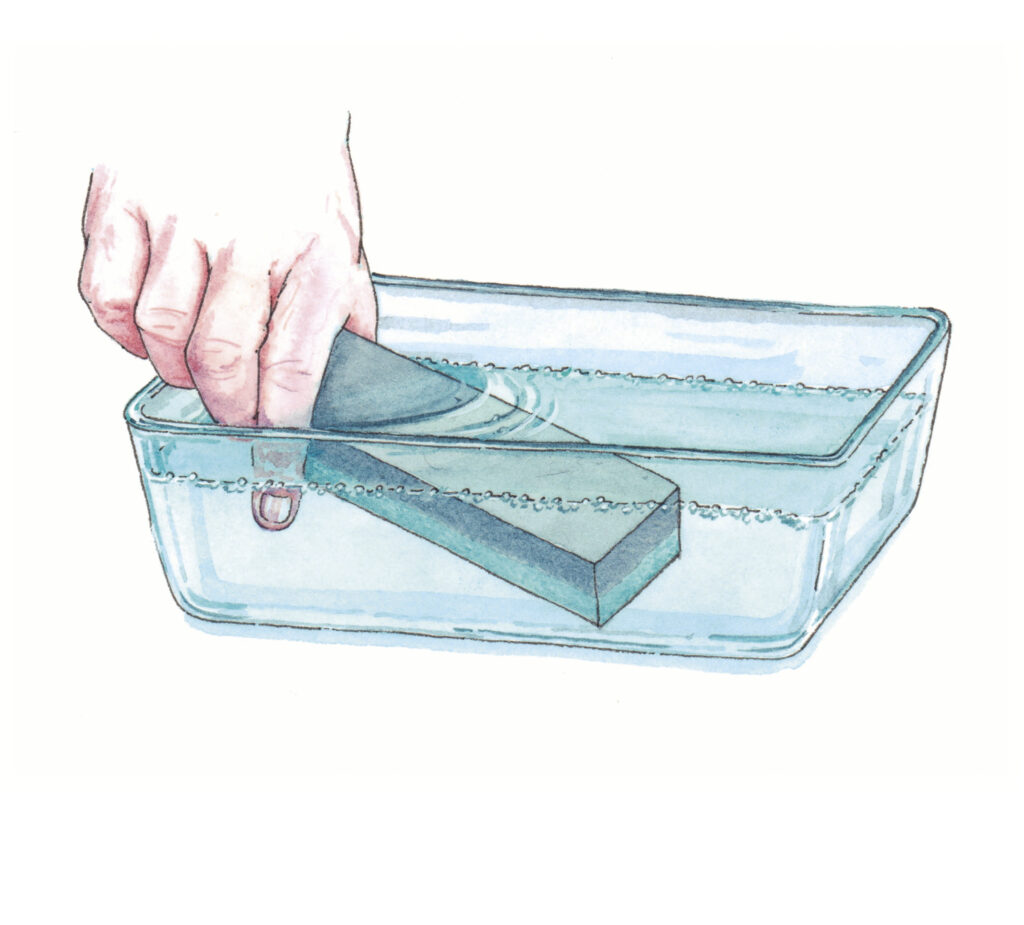
1 Soak the sharpening stone in cold water for 10 minutes, then lay the blade of the knife on the stone, tilting it to sit flush with the surface (most pocket knives have a bevel edge of about 20°). Make sure you maintain the same angle when you’re sharpening your knife.
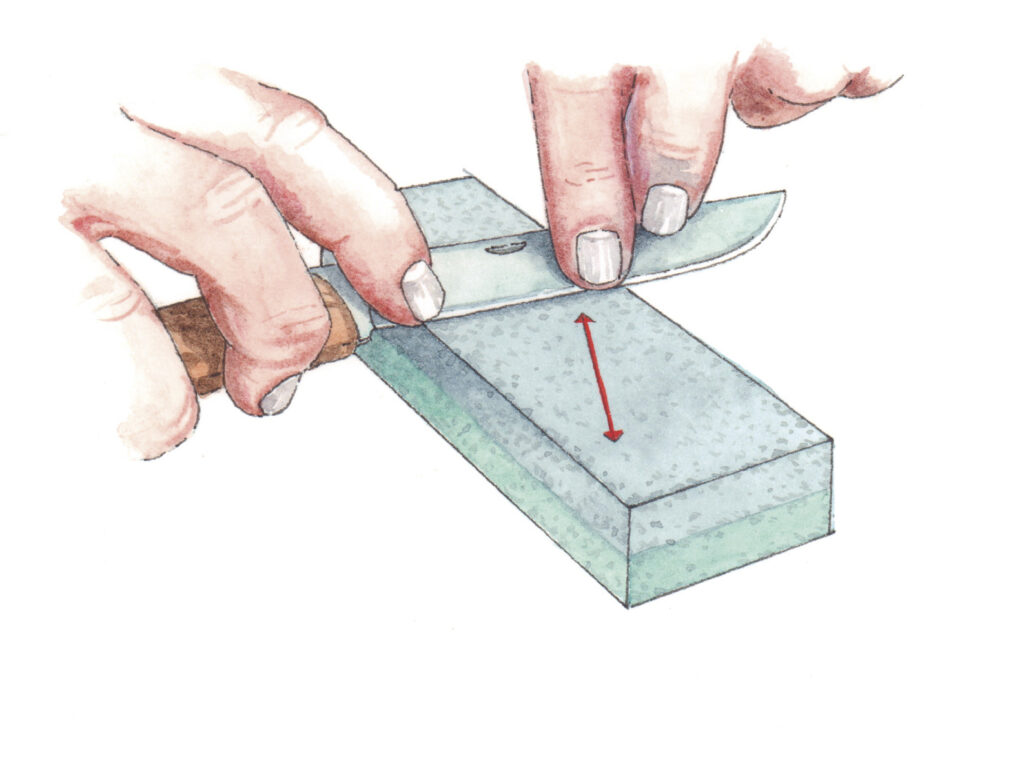
2 Using both hands, hold the knife with the blade facing away from you, then glide it along the whetstone, maintaining the same angle as you sweep it diagonally up and down the stone. Don’t forget the tip of the blade. Repeat this process several times.
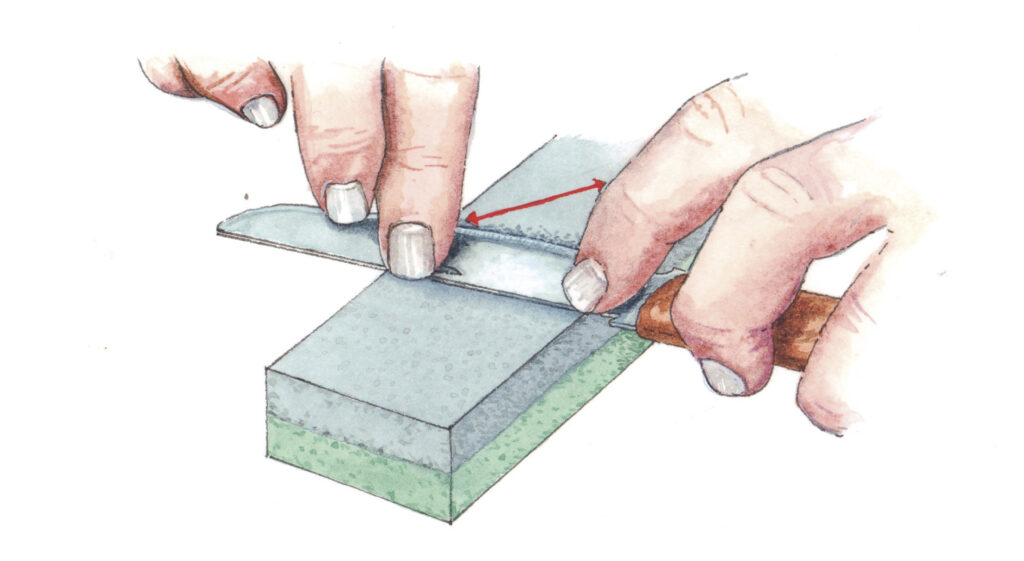
3 To sharpen the other side of the knife, flip it over with the blade facing you, then glide the knife diagonally up and down the stone. Be sure to maintain a steady angle of 20°.
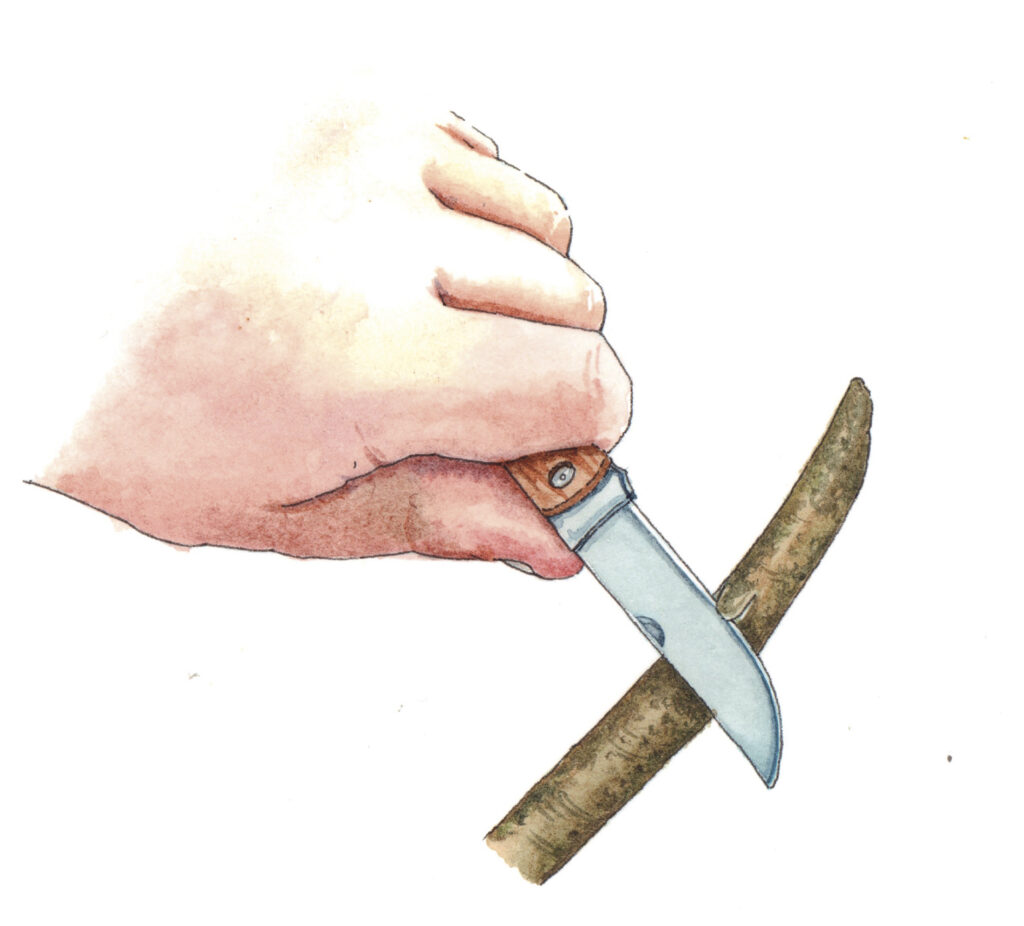
4 If you’re using a dual-grit stone, start on the coarser side then flip it over to the finer grade side and repeat the previous steps. This will fine-tune the blade. Your pocket knife is now sharpened and ready for you to use.
Dates for the diary
SPRING CELEBRATIONS

5 March
ST PIRAN’S DAY
Join the pilgrimage to Perranporth on Cornwall’s west coast this 5 March to celebrate Saint Piran, the county’s patron saint. Watch the annual St Piran Play on Perran Sands then follow the holy man across the dunes for a parade, more festivities and perhaps a Cornish cider or two. perranporthinfo.co.uk
6–12 March
CULTIVATION STREET WEEK
Celebrate your local community garden and enter Cultivation Street’s competition to find the nation’s top educational or mental-health boosting garden projects. Find out more at cultivationstreet.com
17 March
ST PATRICK’S DAY
Where better to mark the ‘Apostle of Ireland’ than the Emerald Isle itself? Join the Home of St Patrick Festival in Armagh for music, song and dance (visitarmagh.com) or make a pilgrimage to St Patrick’s grave at Down Cathedral in Downpatrick.

17 March – 2 April
GREAT BRITISH SPRING CLEAN
Give your local countryside a litter-free start to spring – pledge to pick up one bag of rubbish or gather a team and collect several in this year’s Great British Spring Clean. See keepbritaintidy.org
CAMPFIRE WARMER
Wild garlic breadsticks
If you have children, you might like to have a go at this recipe. It’s my take on garlic bread, but it begins in the woods with a basket. Wild garlic grows in the spring and is easy to identify. In fact, you’ll probably smell it before you see it. Kids can help you cut a bunch of leaves, set the fire and make the dough. This is more than cooking – this is an experience your children will remember and want to do again and again.
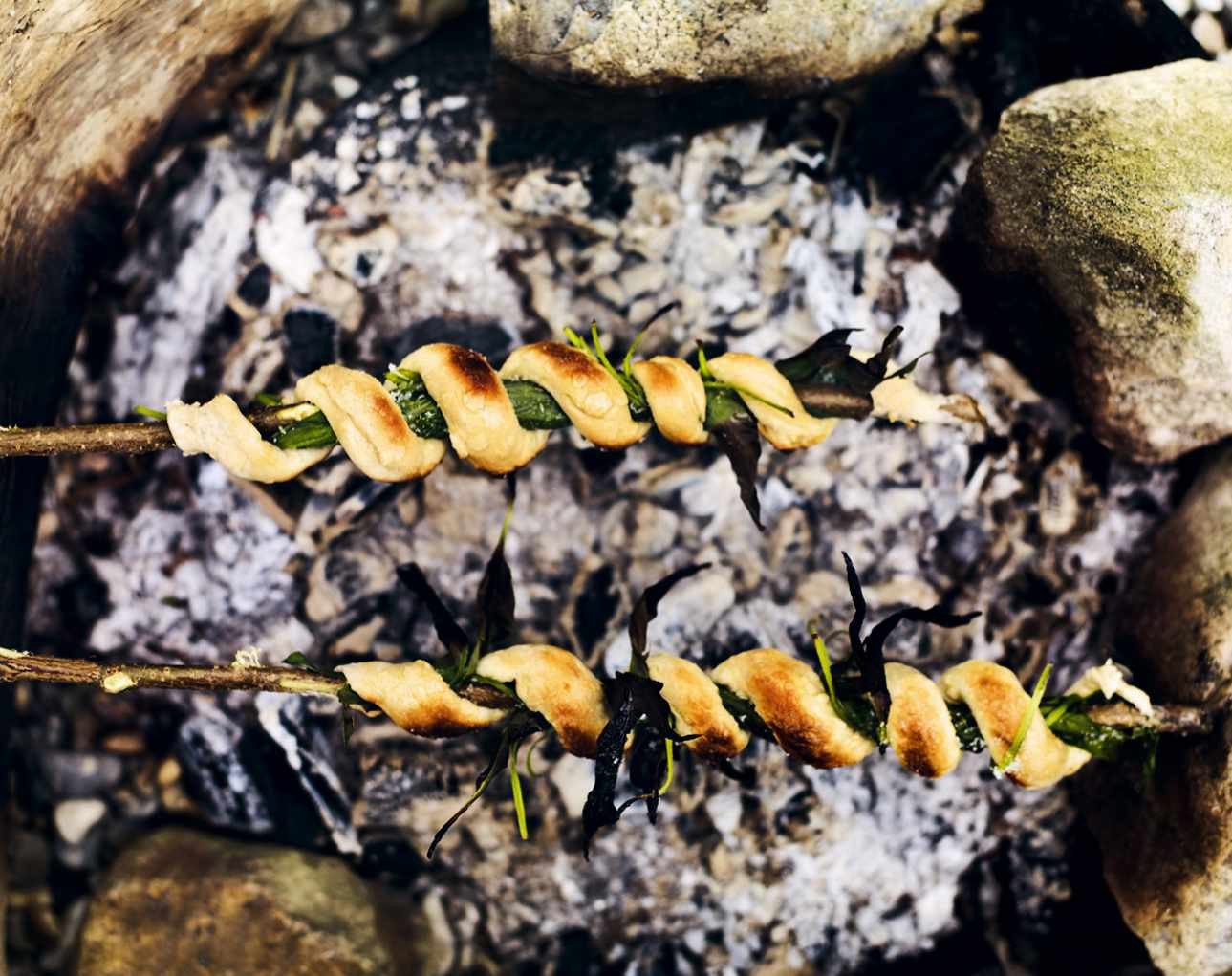
MAKES 9
YOU WILL NEED
• 500g strong white bread flour, plus extra for dusting
• 2 tsp quick yeast
• 1 tsp sea salt
• A knob of butter, softened
• A handful of wild garlic
• 2 tbsp extra-virgin olive oil, to serve
• Flaky sea salt, to serve
• 8 freshly cut sticks, about 40–50cm
METHOD
1. Place the flour, yeast, salt and soft butter in a large bowl. Add 300ml of water and stir it in until the flour starts to bind together to form a dough. Transfer the dough to a lightly floured board and knead it for five minutes, until it begins to feel soft and stretchy. Shape the dough into a rough round, place it in a lightly oiled bowl and cover it to stop it drying out. Leave the dough somewhere warm (but not too hot) for an hour or two, until it’s doubled in size.
2. Turn out the dough on to the floured board and divide it into eight equal pieces. Roll each piece back and forth to make long, thin lengths about 30–35cm long. Now you can start twirling the dough on to the sticks. Pinch one end of a length of dough against a stick so it holds. Take 4–5 wild garlic leaves and lay them over the stick. As you hold them in place, begin turning the dough round the stick, winding up and around the garlic leaves as you go. Pinch the end of the dough to secure it in place. Set the finished stick down on the floured board to rise while you set about twirling the others.
3. Cook the garlic breads in the order you made them so they all get a chance to rise. Simply hold them over the hot embers, turning the stick every 30–40 seconds so the bread cooks nice and evenly. Don’t worry if the garlic leaves and bread begin to crisp and smoke – that all adds to the flavour. Each stick should take about 10–12 minutes to cook, but if your fire is really hot, it might be ready sooner. Simply tear a chunk off and see if it’s cooked through – if it’s still a bit doughy, carry on cooking the bread.
4 Serve with extra-virgin olive oil and some flaky sea salt.
Recipe from Outside: Recipes for a Wilder Way of Eating by Gill Meller (Quadrille, £30).
Thoughtful buys
MOTHER’S DAY TREATS
Make Mum’s day on 19 March with these nature-inspired gifts
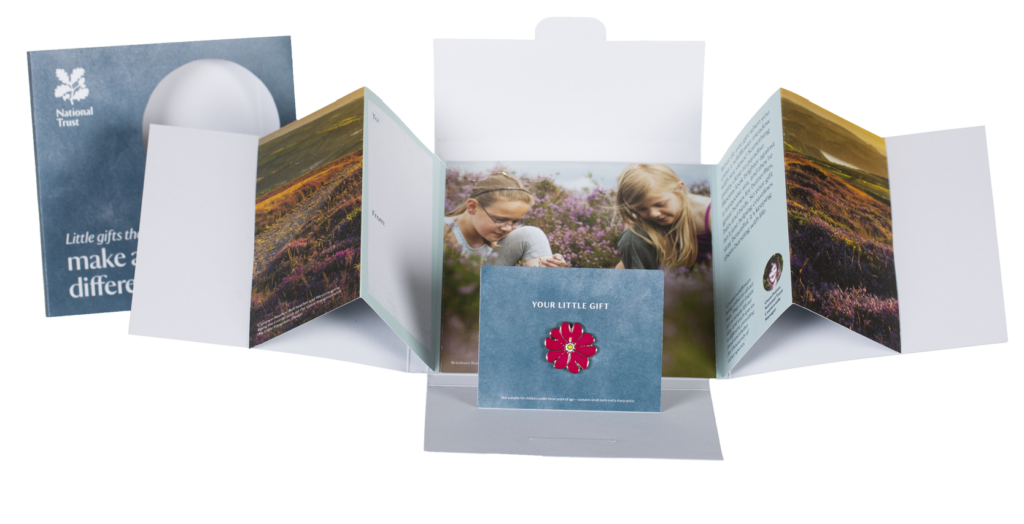
NATIONAL TRUST SMALL WONDER GIFT, COASTAL WILDFLOWERS
Give longer-lasting flowers that all can enjoy with this gift that supports the National Trust’s vital coastal conservation work, and your mum receives a cute wildflower pin badge; £15. shop.nationaltrust.org.uk

TRILL ON THE HILL BODY PRODUCTS
Trill on the Hill is a joint venture between founder of Neal’s Yard Remedies, Romy Fraser and her daughters Tamsin and Lara. Their products are made from wild plants foraged on their Axminster farm. Cleavers and Thyme Hand Wash, £14, has self heal, plantain, nettle and cleavers herbal extracts; Sea Buckthorn Universal Balm, £29, contains soothing calendula, plantain and self-heal herbal extracts; gently massage the luxurious Silver Birch Body Oil, £24, into skin after bathing, with silver birch, rosehip and sea buckthorn. trillonthehill.co.uk
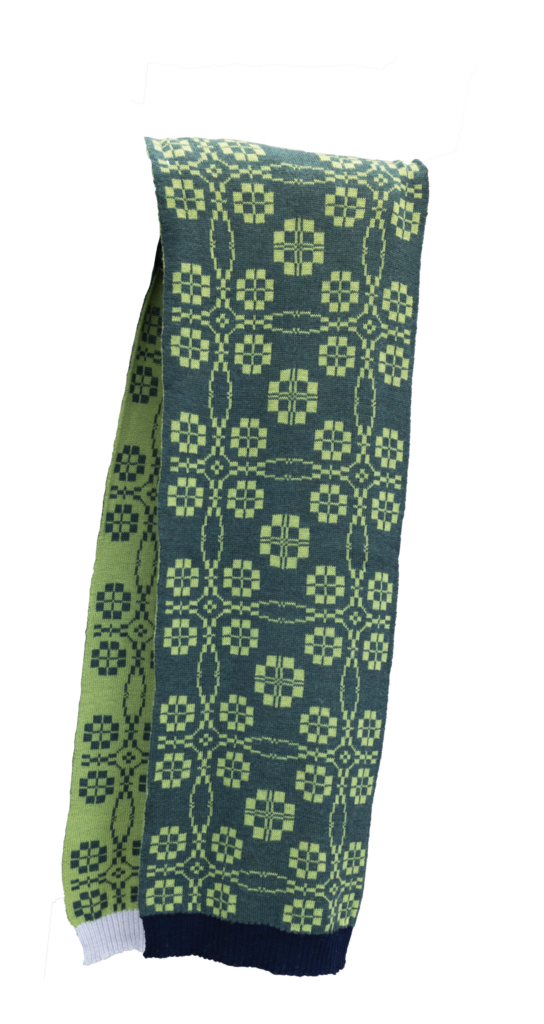
FFOREST MERINO WOOL SCARF
This deliciously soft, extra-fine merino wool scarf in a traditional Welsh blanket design will keep mum warm on spring walks; available in four beautiful nature-inspired colours, £72. fforest.bigcartel.com
Get involved…
Threatened Plant of the Year 2023
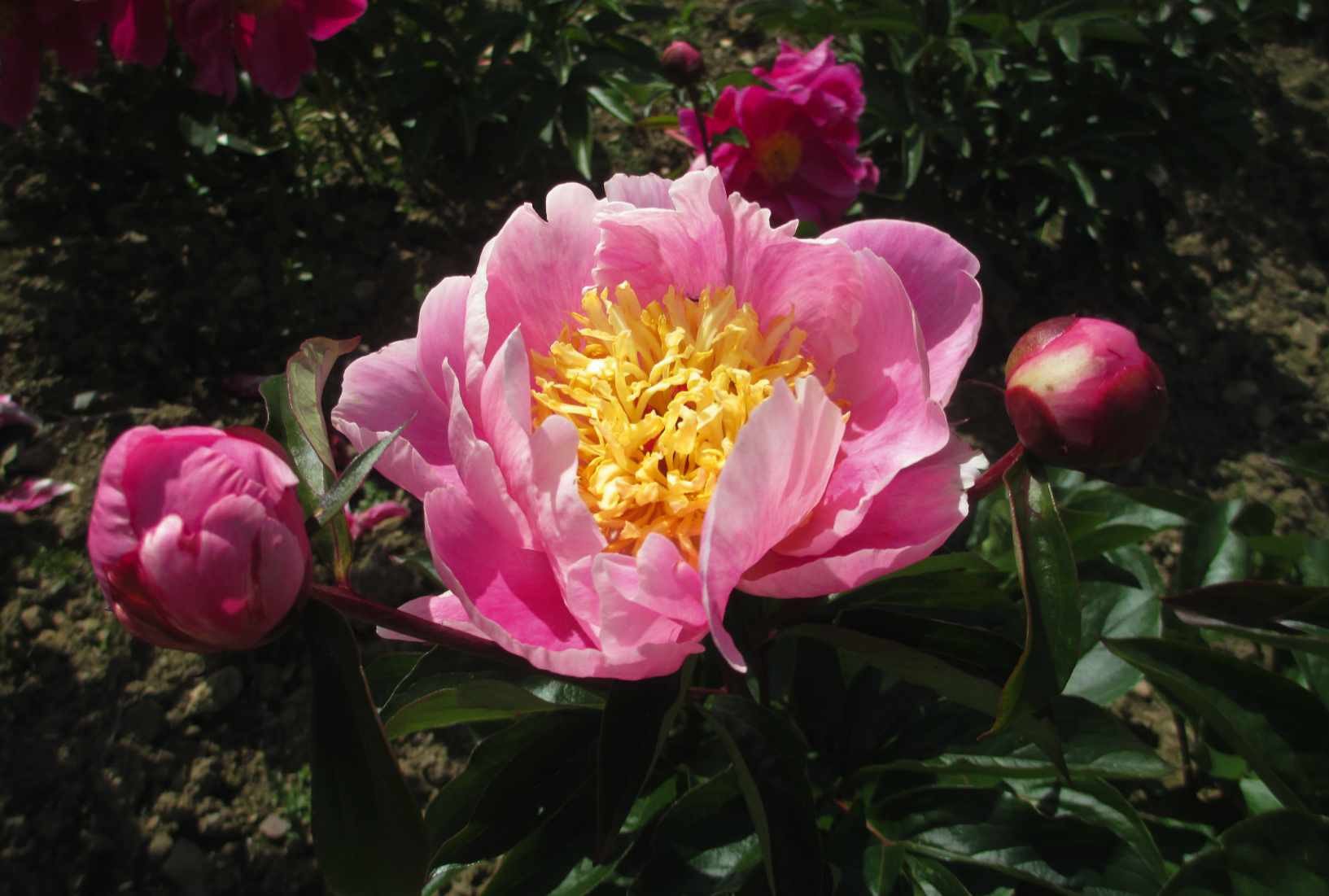
Plant Heritage is calling for anyone with a love of gardening and flowers to search their green spaces for hidden gems. Do you have a special cultivar that is not available commercially? If so, it could become 2023’s winner, succeeding last year’s champion, Paeonia ‘Gleam of Light’ (pictured). As always, the victor will be announced at the RHS Hampton Court Palace Garden Festival (4–9 July).
To find out how to enter, visit plantheritage.org.uk.
ID guide
REPTILE GUIDE
Early spring is a perfect time to start looking for our six native reptile species, as they emerge from hibernation to bask in the sunshine ahead of the breeding season.
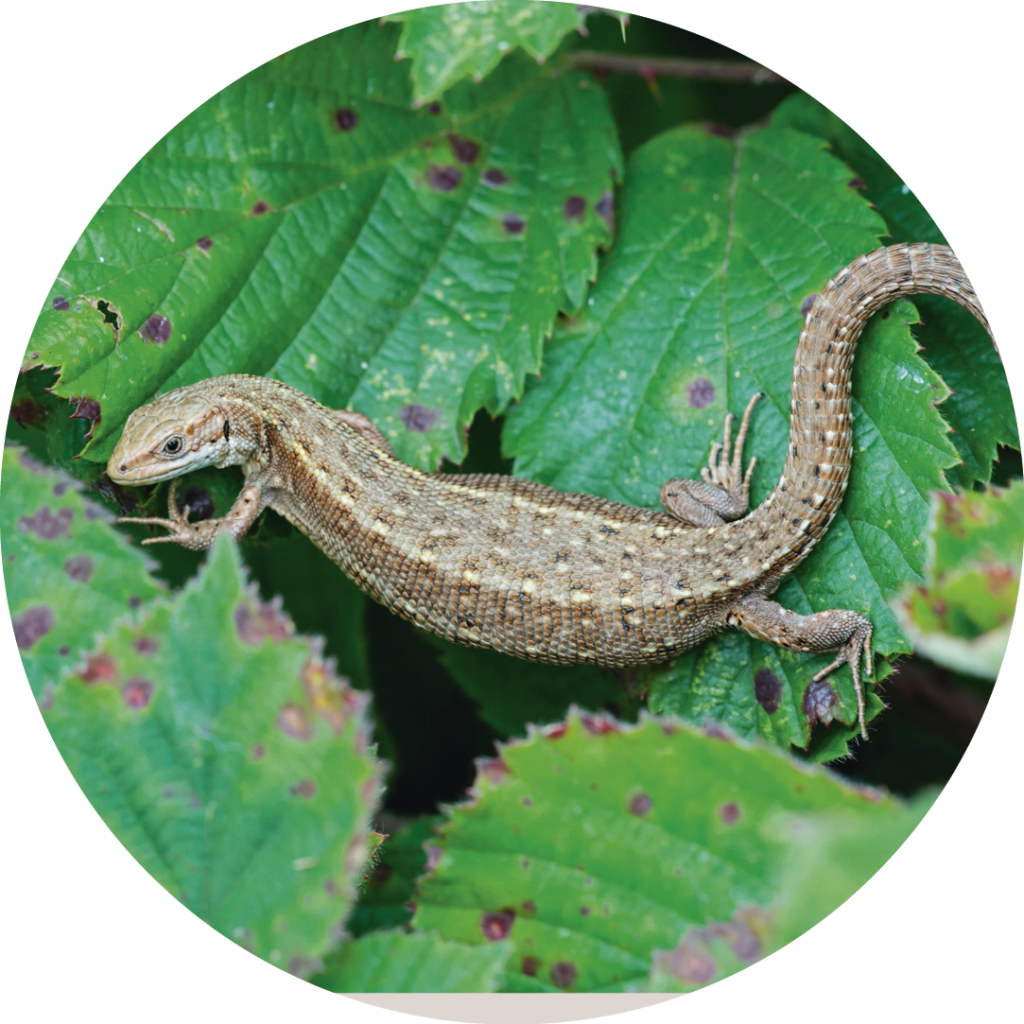
COMMON LIZARD
In mottled browns with faint spots and stripes, this 15cmlong lizard feeds on a variety of invertebrates and is widespread across the UK, favouring coastal scrubland.
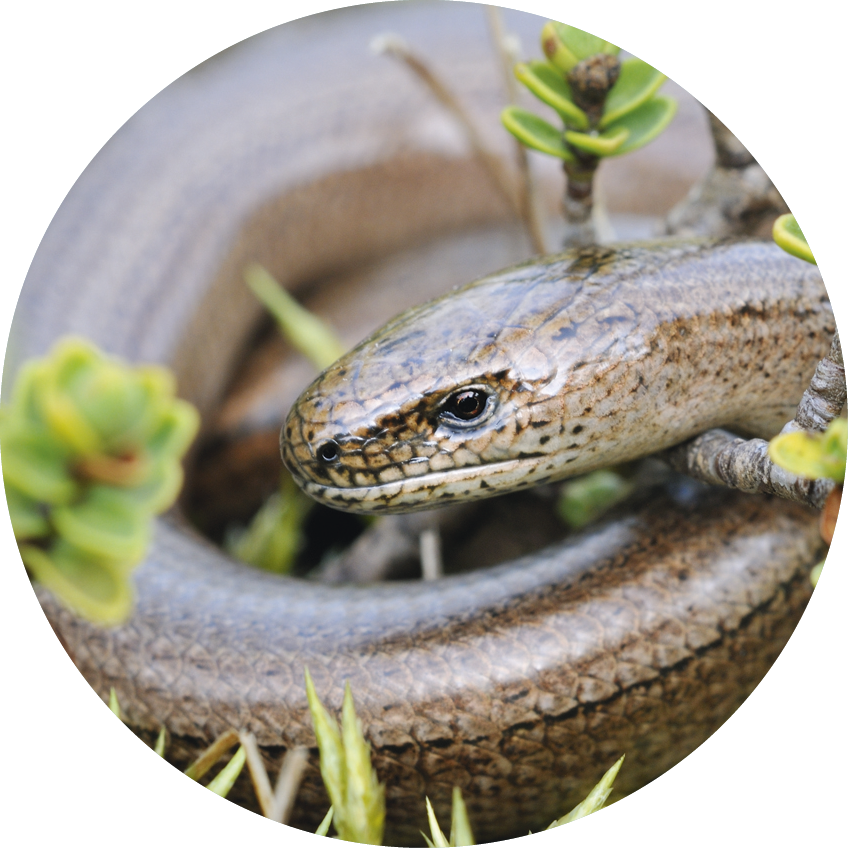
SLOW WORM
Up to 50cm long, this legless lizard is grey-brown (male) or dark brown (female). Widespread, it is liked by gardeners due to its fondness for slugs.

ADDER
These small snakes have a dark zig-zag on the back (the females are larger, up to 70cm, and browner). They favour woodland edges and eat rodents, lizards and birds.

SAND LIZARD
Our rarest native lizard is 20cm long and restricted to heaths of south England and the Merseyside coast. Males have green flanks in the breeding season.
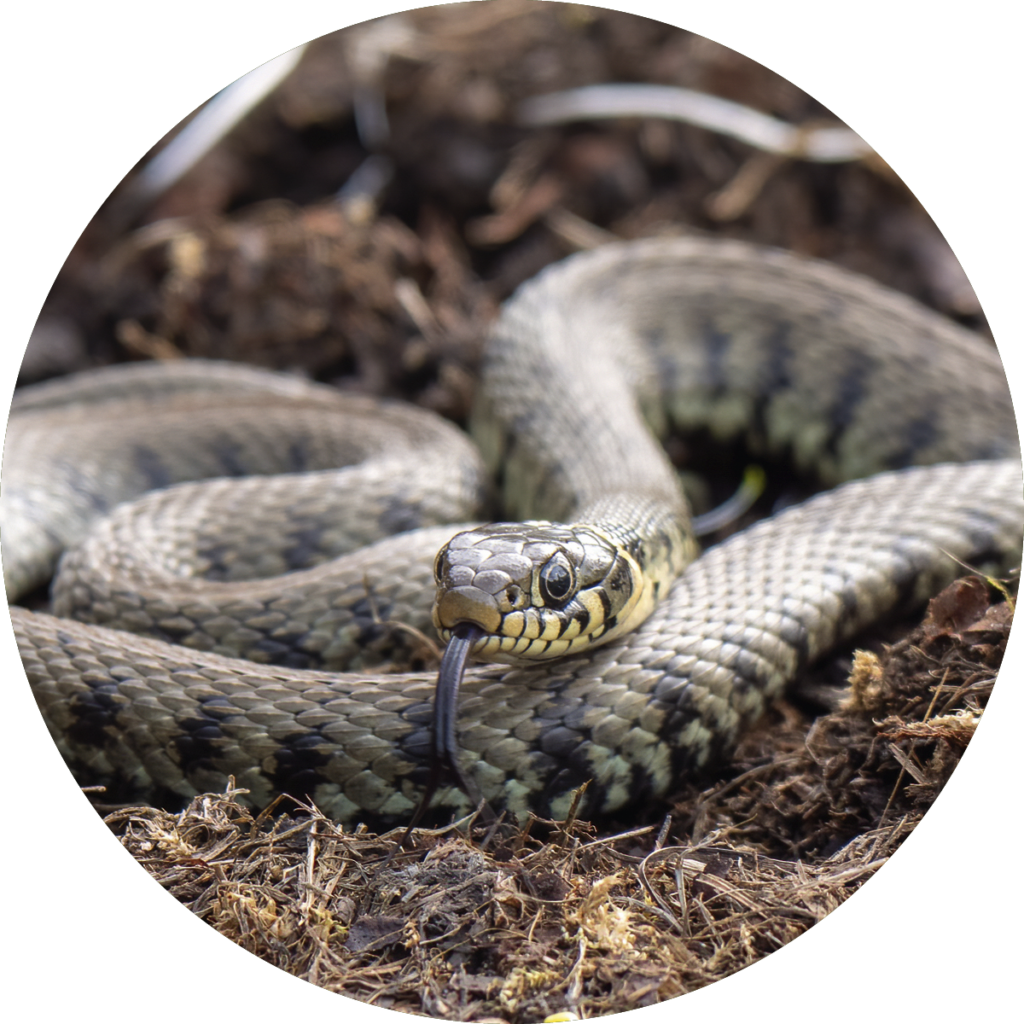
GRASS SNAKE
Our largest native reptile can grow to 1.5m on a diet of amphibians, fish and rodents. Its colour ranges from lime to olive with a yellow collar. Superb swimmer.
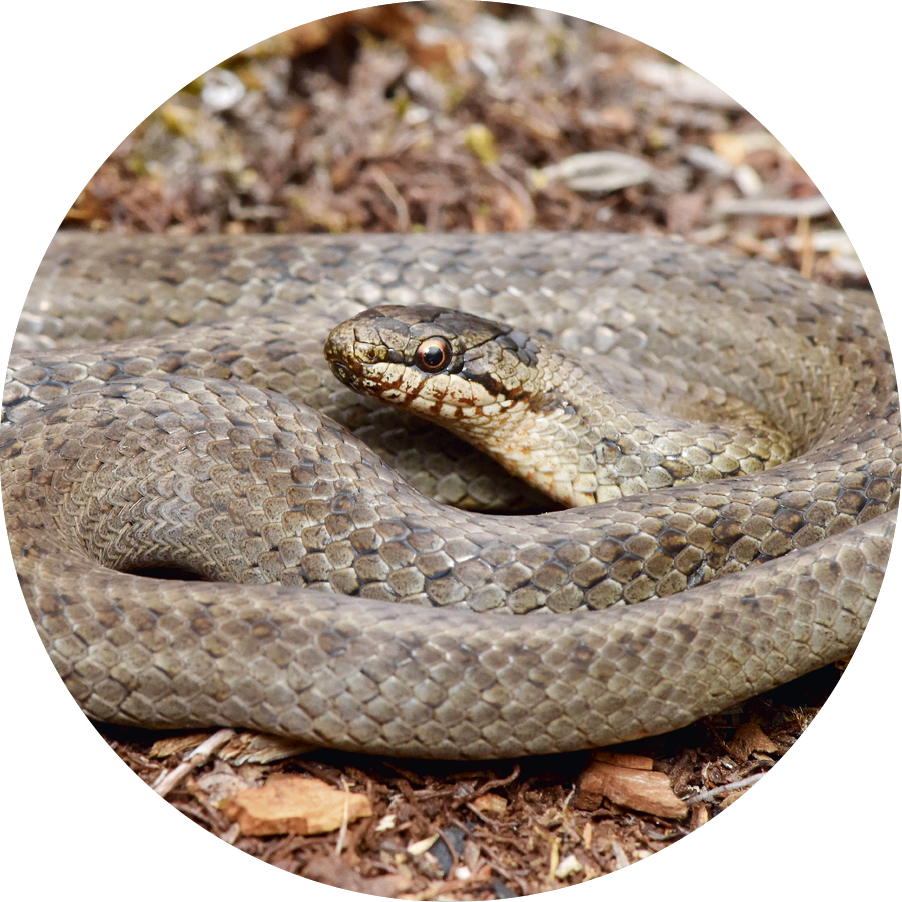
SMOOTH SNAKE
Our rarest reptile, this brown or grey slender snake (up to 70cm) is restricted to the heaths of Surrey, Dorset and the New Forest. It feeds on reptiles.
Three non-native reptiles to spot:
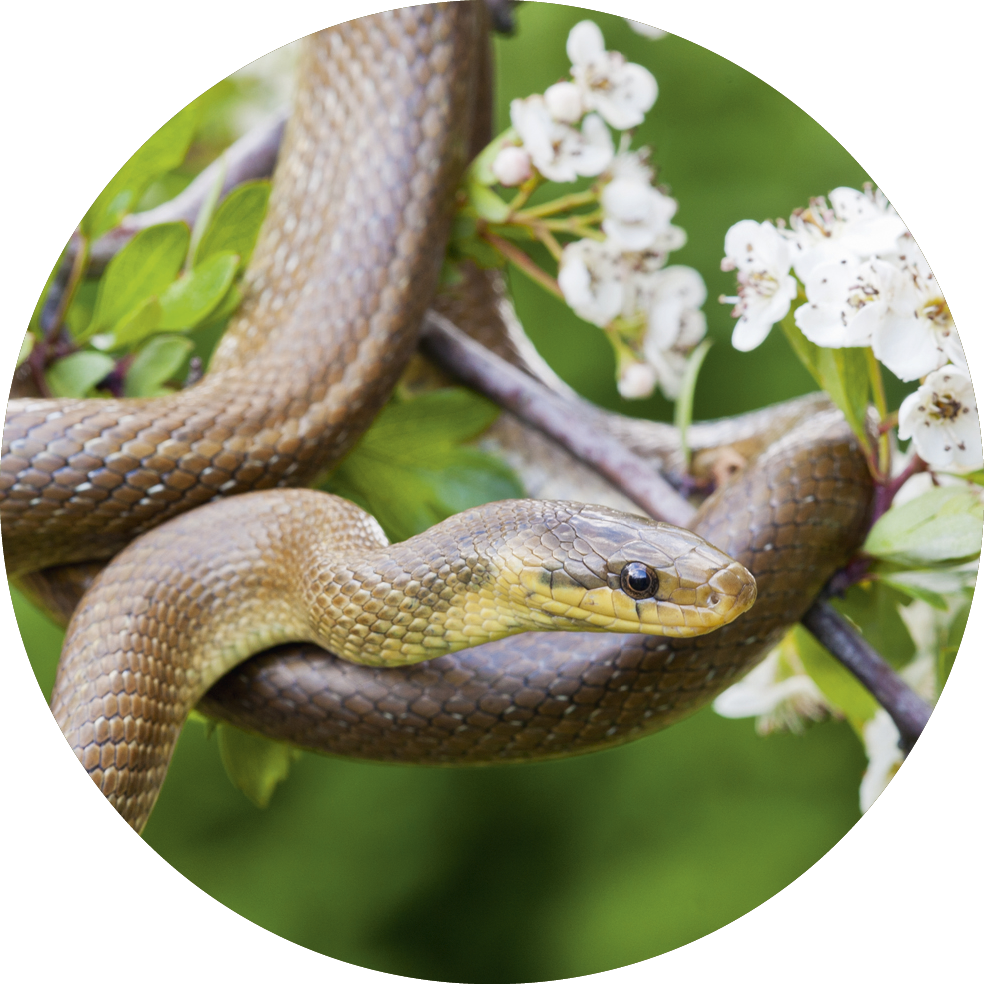
AESCULAPIAN SNAKE
This long, slim snake measures up to 2m. There are three small colonies in Britain, all resulting from escapes from captivity.

WALL LIZARD
Similar in look to the common lizard, but with a more pointed head and longer tail,the wall lizard is established in several places across England, particularly the south coast.
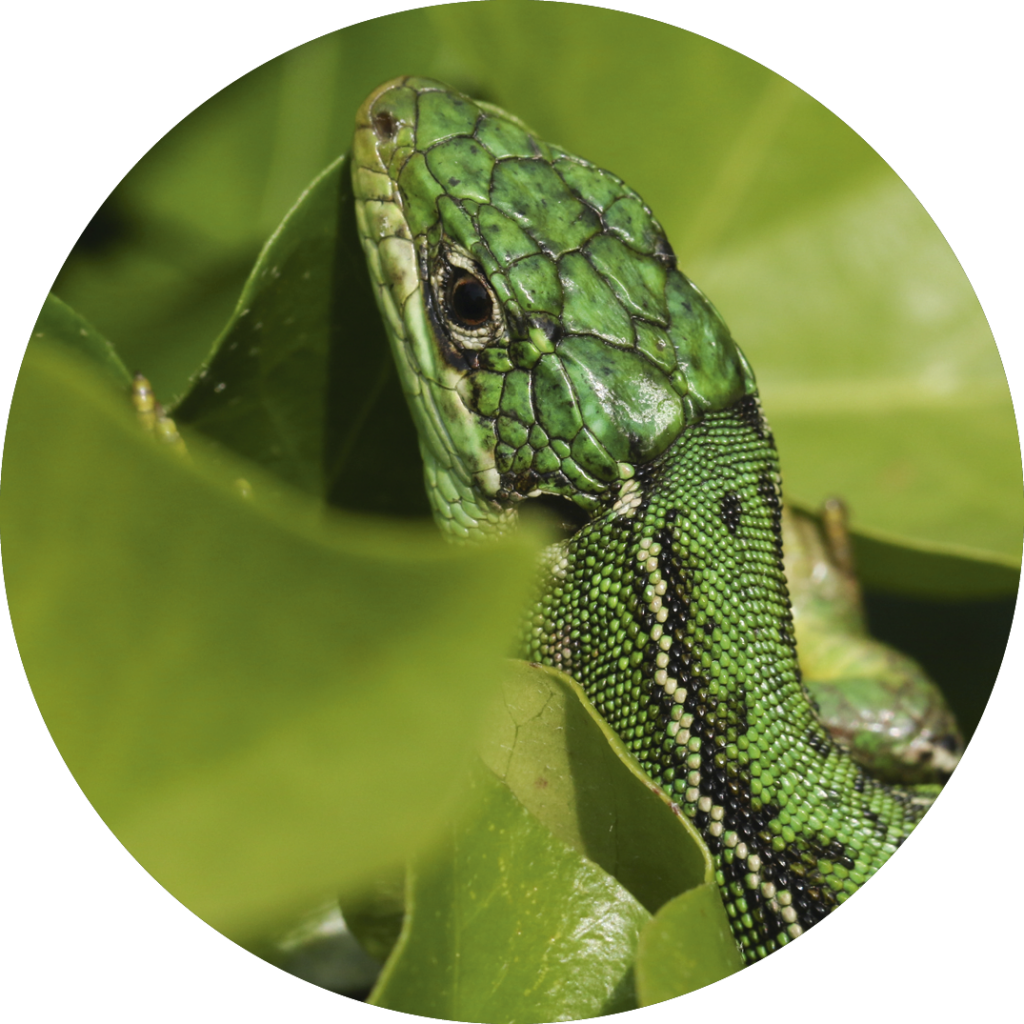
GREEN LIZARD
Growing to 35cm in length, these bulky lizards occur naturally in the Channel Islands, while several unofficial introductions have been made on the British mainland.
Countryfile on TV
BBC ONE, SUNDAYS

12 February
Steve Brown (above) and Joe Crowley plod explore Staithes in North Yorkshire, once a bustling fishing port and now a magnet for artists, to discover its history, the decline of its fishing industry and its bright revival.
19 February
Charlotte Smith and Adam Henson visit Bakewell Livestock Market, where 200,000 sheep and 40,000 cattle are sold each year.
This month on the Plodcast
Mindful escapes
Don’t forget to tune into our new season of Plodcasts, which began on 10 January. Explore the eerie downlands of Wessex with archaeologist Mary-Ann Ochota; descend into a deep cave with folklorist Amy Jeffs; enjoy a walk with musician Cerys Matthews – plus atmospheric walks in audibly beautiful places. It’s the perfect way to explore the countryside when you can’t get there yourself.